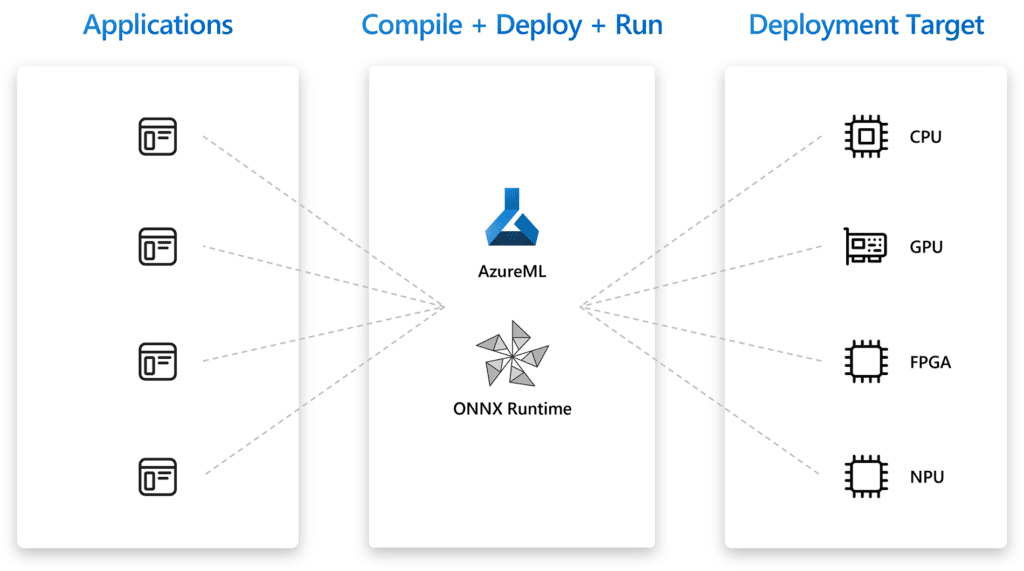Build 2022: Windows 11 to Add Support for Third-Party Widgets Later This Year

Microsoft kicks off its Build 2022 developer conference today, and Microsoft’s Chief Product Officer Panos Panay announced several new features and developer-themed updates coming to Windows 11. Following some recent leaks, the company is finally planning to add support for third-party widgets to Windows 11 later this year.
Currently, Windows 11 does not support third-party widgets, and the existing widgets are limited to Microsoft’s own services, such as OneDrive photos, weather, sports, and Microsoft To Do. With this release, users will be able to add third-party widgets to the Widgets Panel on Windows 11 PCs.
“Widgets in Windows 11 provide a fresh, glanceable and useful view into app content for users. Beginning later this year, developers will be able to start building Widgets as companion experiences for Win32 and progressive web apps (PWA) on Windows 11, powered by the Adaptive Cards platform,” wrote Panos Panay.

Windows Subsystem for Linux is now available on the Microsoft Store for Windows 11
In addition to third-party widgets, Microsoft has announced a couple of enhancements for Windows developer tools. First up, the company has released a preview version of the Windows Subsystem for Linux (WSL) on the Microsoft Store. It enables Windows 11 users to get new features and updates more frequently.
Windows Subsystem for Android runs on Android 12.1
The Redmond giant has also released a major update to the Windows Subsystem for Android (WSA) to Insiders in the Dev Channel. The Windows Subsystem for Android now runs on Android 12.1. The latest update comes with many new features, including advanced networking, developer tool integration, better windowing and resizing support, a redesigned Settings app, and much more.
New Hybrid Loop pattern to help developers build AI experiences
Microsoft is planning to make Windows App SDK 1.1 generally available for everyone in the coming months. This release will bring new features such as performance improvements, updated push notifications, Fluent visual materials in WinUI 3, etc.
There are also some improvements to developer tools. Microsoft has launched a new Visual Studio extension called “Template Studio for WinUI (C#)” to help developers build Windows apps. The .NET Upgrade Assistant is getting updates to let developers automatically migrate Universal Windows Platform (UWP) apps to WinUI 3. You can get more details in the migration guide.

Lastly, Microsoft is launching a new cross-platform development pattern dubbed “Hybrid Loop.” It should make it possible to make “late binding runtime” decisions regarding running their Machine Learning inferencing on-premises or Azure. They can also choose to dynamically share workloads between them.



